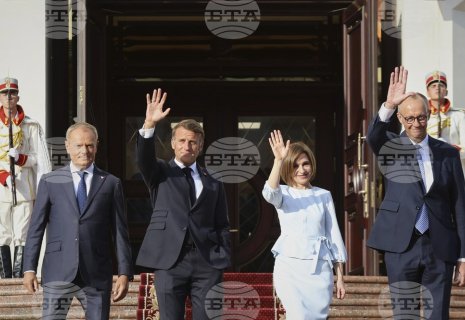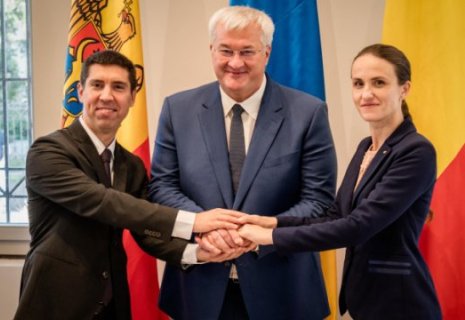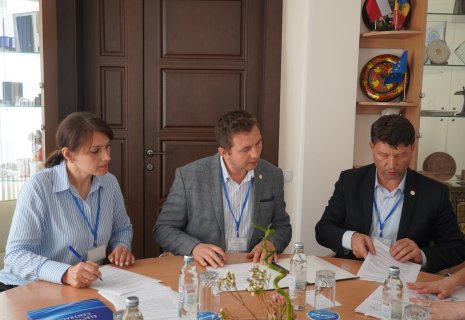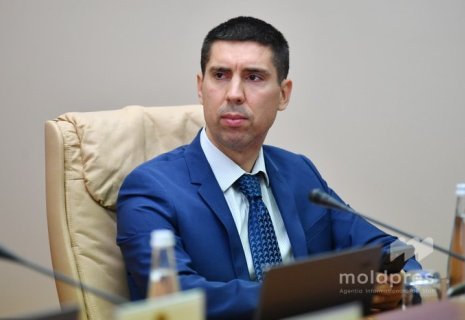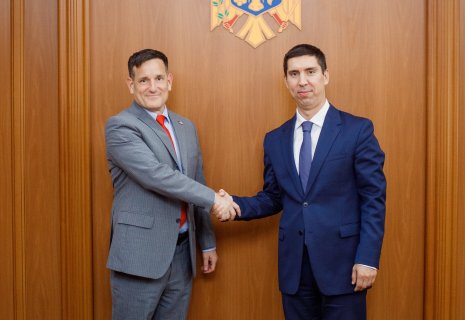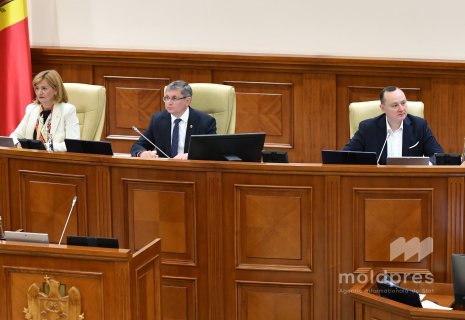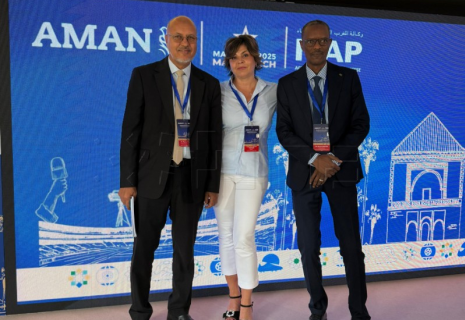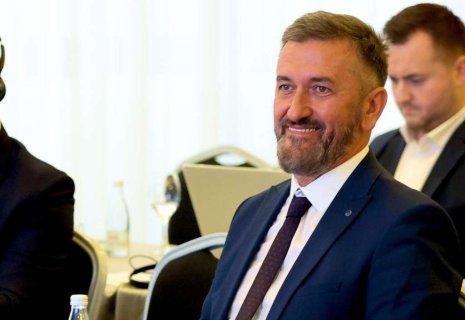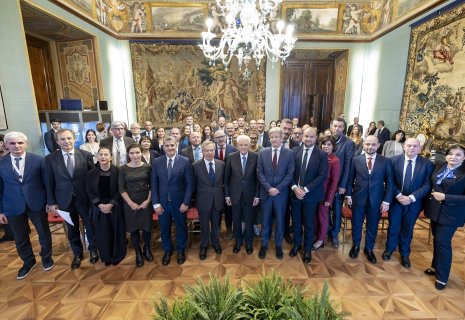
Facts about Moldova that will surprise you
Moldova, a small landlocked country in Eastern Europe, is often overlooked by travelers, yet it holds a unique charm with its rich history, stunning landscapes, and vibrant culture. Here are some intriguing facts about Moldova that may surprise you and spark a desire to explore this hidden gem, CE Report reports.
1. Moldova Has One of the World’s Largest Wine Cellars
Moldova is a paradise for wine lovers. Milestii Mici, located near the capital city Chisinau, is home to one of the largest wine cellars in the world. This cellar stretches over 200 kilometers, though only around 55 kilometers are currently in use. With over two million bottles stored underground, Milestii Mici even holds a Guinness World Record for its extensive collection. Another notable wine cellar, Cricova, has hosted world leaders and celebrities, including Yuri Gagarin, who famously lost track of time while exploring it.
2. Wine Production Is an Essential Part of the Culture and Economy
Not only does Moldova have impressive wine cellars, but it also ranks among the top wine producers in the world. Moldovans have been producing wine for over 5,000 years, and the country’s climate and soil make it ideal for vineyards. Wine is integral to Moldova's culture and economy, and the National Wine Day, celebrated every October, showcases the nation’s commitment to viticulture. This celebration attracts thousands of visitors from around the globe, offering a firsthand experience of Moldovan wines and traditions.
3. It’s One of the Least Visited Countries in Europe
Moldova may be home to breathtaking scenery, medieval monasteries, and hospitable locals, but it remains one of the least visited countries in Europe. This could be due to its relative isolation and lack of international recognition. However, this means that visitors can experience Moldova without the crowds, making it a perfect destination for those seeking authentic and off-the-beaten-path experiences.
4. Moldova Is Known for Its Mysterious Cave Monasteries
The Orheiul Vechi Monastery Complex, situated about an hour’s drive from Chisinau, is one of Moldova's most fascinating historical sites. Carved into a cliffside, this cave monastery dates back to the 13th century and offers sweeping views of the surrounding landscape. The complex includes ruins from different eras, including remnants from the Dacian civilization, showcasing Moldova’s layered and multicultural history. The peaceful atmosphere and stunning scenery make Orheiul Vechi a popular pilgrimage site and an essential visit for history enthusiasts.
5. Moldova Is Home to the Last Remaining Latin Script in the Cyrillic Alphabet
Moldova has a complex linguistic history, with influences from Romanian, Russian, and Ukrainian languages. After the Soviet Union dissolved, Moldova adopted the Latin script for the Romanian language, yet Transnistria, a breakaway region within Moldova, continues to use Cyrillic. This unique blend of alphabets and languages reflects the region's diverse heritage and history.
6. Moldova's Cuisine Reflects a Fusion of Flavors
Moldovan cuisine is a delightful blend of Romanian, Ukrainian, and Russian influences. Mămăligă, a traditional cornmeal dish similar to polenta, is a staple, often served with sour cream and cheese. Sarmale (stuffed cabbage rolls) and plăcintă (savory or sweet pies) are also popular. Moldova's fertile land produces a wide array of fruits and vegetables, and local markets are brimming with fresh, organic produce. Foodies visiting Moldova will find a host of traditional dishes that are hearty, flavorful, and made with locally sourced ingredients.
7. The Ancient Dniester River Runs Through Moldova
One of the oldest rivers in Europe, the Dniester River flows through Moldova, forming a natural border with Ukraine. The river is not only historically significant but also offers picturesque landscapes and is home to diverse wildlife. Visitors can explore the river through boat tours or enjoy scenic walks along its banks, immersing themselves in the tranquil beauty of Moldova’s countryside.
8. It’s a Paradise for Nature Lovers
While Moldova is often associated with agriculture, it’s also home to beautiful natural landscapes. The Codrii Forest Reserve, located in the central part of the country, is a protected area that features ancient oak trees and unique flora and fauna. Other natural attractions include the Saharna Monastery with its stunning waterfall, and the Prut River which is popular for fishing and birdwatching. Moldova’s untouched landscapes provide a peaceful escape for nature lovers.
9. Transnistria: A Breakaway State with Soviet Nostalgia
Transnistria, a self-declared independent republic within Moldova, is like a time capsule of the Soviet era. This unrecognized state has its own government, currency, and military, despite not being internationally acknowledged. Visiting Transnistria feels like stepping back in time with Soviet symbols, statues of Lenin, and architecture reminiscent of the USSR. Travelers fascinated by history find Transnistria a unique and thought-provoking destination.
10. Moldovans Celebrate Martisor for the Arrival of Spring
One of Moldova’s most cherished traditions is the Martisor celebration, which marks the beginning of spring. On March 1st, Moldovans give each other small red-and-white talismans, known as "martisoare," to wish good luck and health. These tokens are often worn throughout the month and symbolize the rebirth of nature. Martisor is a joyful and colorful tradition, and it offers a glimpse into the warmth and hospitality of Moldovan culture.
Final Thoughts
Moldova may be small in size, but it’s brimming with fascinating stories, natural beauty, and centuries-old traditions. From vast wine cellars to mysterious monasteries and a rich blend of cultures, Moldova has a distinct charm that will surprise and enchant any visitor willing to explore its wonders.

